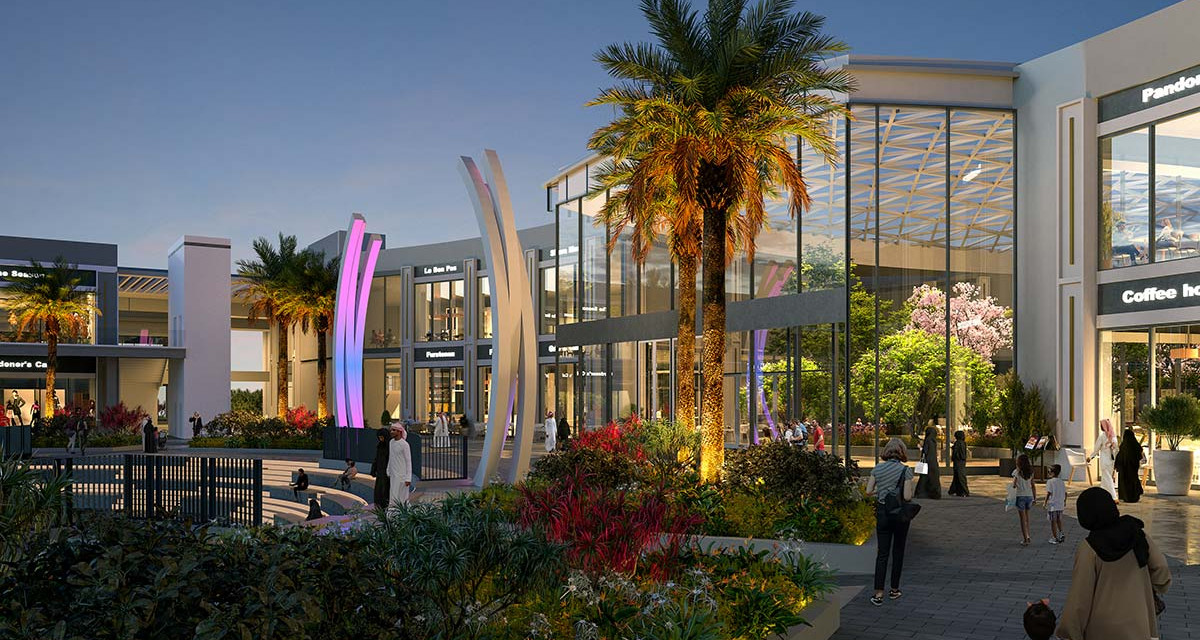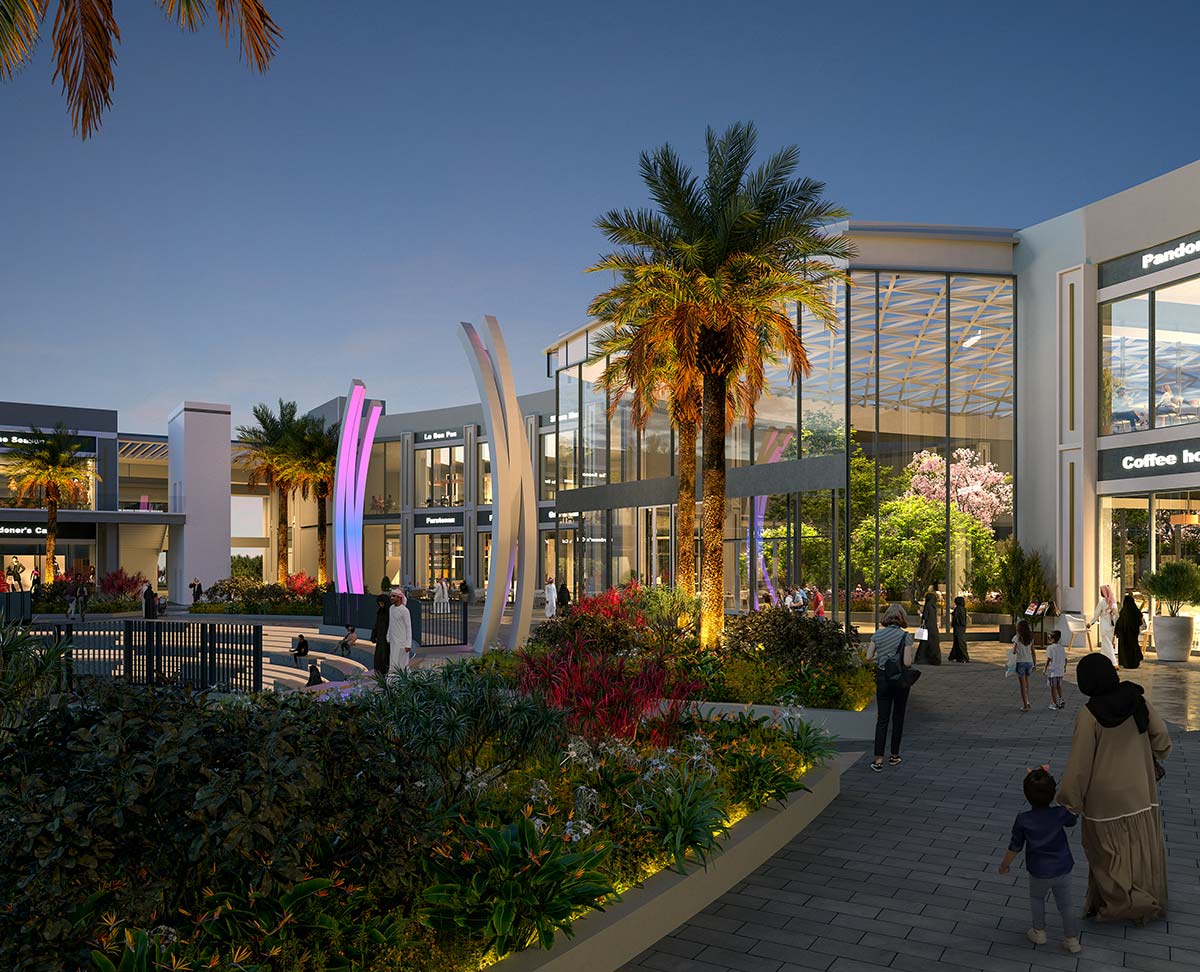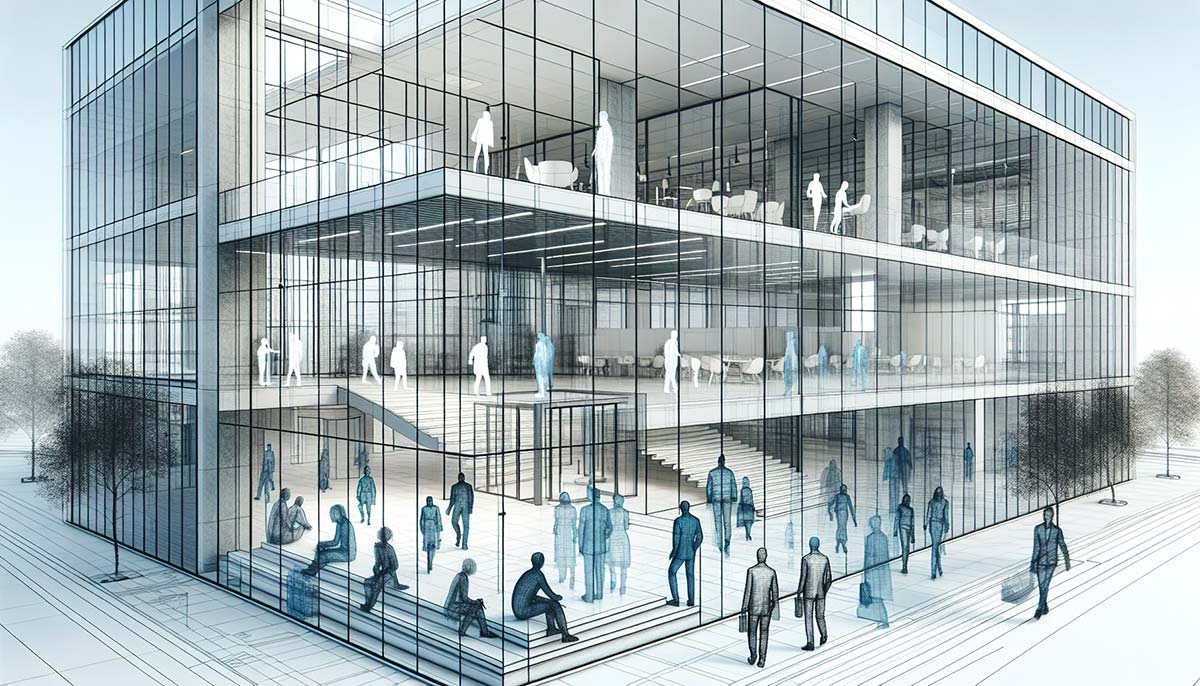Enhance Your Renderings: Top Sources for Scale Figures Architecture

3D agora
February 19th, 2024

Are scale figures architecture influencing how viewers perceive your designs? This article demystifies their pivotal role in architectural renderings and points you to top resources to find these essential visual aids. Discover free and premium sources for scale figures that anchor your designs in relatable dimensions, fostering a realistic and inclusive client experience.
The Importance of Scale Figures in Architectural Visualizations
 Created by Arqsix
Created by Arqsix
Scale figures in architectural visualizations are crucial in making spaces understandable to a broader audience, particularly to those lacking architectural expertise. They provide a reference point, offering viewers the ability to understand the scale and proportion of buildings by comparing them with the known size of people. In essence, these human figures anchor the design in reality.
Architects can leverage both hand-drawn and digital images of human figures to exhibit their distinctive design language, thereby enriching their professional brand and identity. More than just accessories, these figures add depth to the interpretation of architectural projects. They reveal potential functions of a space, emphasizing that architecture is fundamentally created for human interaction and occupation.
Integrating scale figures into the late stages of image development highlights the architect’s attention to human scales. This facilitates storytelling, aiding in the narrative and sale of the project. Hence, the inclusion of scale figures in architectural renderings is much more than an aesthetic choice; it’s a strategic tool for conveying design intent.
Enhancing Diversity and Representation with Cutout People
 Created by Arqsix
Created by Arqsix
For architectural renderings, employing a diverse range of unique png images is imperative for precise demographic representation and promoting inclusivity. Incorporating a variety of ethnically diverse figures ensures contextually appropriate and culturally sensitive visualizations, which helps to increase diversity. This includes figures from different age groups and abilities, further emphasizing inclusivity and accessibility in design.
Figures you should attempt to include are women, people with disabilities, people of color.
Recognizing neurodiversity and incorporating figures with various cognitive abilities in visualizations can promote environments supportive of different behaviors. Moreover, resources offering diverse cutouts extend beyond providing ethnically varied images. They also offer unique graphical styles to enhance the narrative of architectural projects.
Websites like Escalalatina, for instance, offer a collection of Latin American cutouts, facilitating the inclusion of varied cultural and ethnic groups in architectural renderings. Adding diverse cutout figures can lead to architectural renderings that genuinely mirror our diverse world.
Awareness about these matters is absolutely crucial if you want to stay relevant in this rapidly developing world of diversity. These needs will also vary from country to country, so make sure to educate yourself before starting on a project.
Top Free Resources for High-Quality Cutout People
A multitude of resources offer high-quality cutout figures for architectural renderings in today’s digital era. Let’s explore a few top-notch free resources offering diverse and high-resolution png images suitable for your projects.
Skalgubbar
Skalgubbar, established by Teodor Javanaud Emdén, is a treasure trove of high-quality cutout images. Known for its diverse range of cutout people images, Skalgubbar has become a go-to resource for enhancing architectural visualizations.
While the website boasts a user-friendly interface, it lacks advanced search functionalities, particularly the ability to filter by people’s poses. However, its extensive collection of high-resolution cutout people images, including png people, in png format more than makes up for this and is perfectly suited for various architectural rendering projects.
MrCutout
MrCutout is another excellent platform for sourcing cutout images. While it sets a daily download limit of 2.5MB for free users, it offers extensive filtering options, making it easy to find the perfect image for your project.
Despite the daily limit on free downloads, MrCutout also provides paid options for users seeking access to a wider range or a larger quantity of images. This flexibility makes MrCutout a great resource for both casual and heavy users.
Nonscandinavia
Nonscandinavia is a site created by students at Columbia University’s Graduate School of Architecture, Planning, and Preservation. It was designed to challenge stereotypes in architectural representation by providing diverse cutout people images.
Instead of standard stock photos, Nonscandinavia offers images from diverse settings, providing a more authentic representation in architectural visuals. The platform showcases a small collection of people cutouts in three sections: originals, silhouettes, and illustrated, each with a distinctive entourage style.
These types of images are perfect for commercial use, as they offer a wider range of art styles that can complement certain projects better.
Additional Elements for Architectural Visualization
 Created by Arqsix
Created by Arqsix
Apart from cutout figures, additional elements significantly contribute to boosting the photorealism of architectural renderings. Elements like:
trees
bushes
vehicles
clouds
can illustrate the environment around the building, adding depth and context to the visualization. Plants, in particular, add natural beauty and vitality to a scene. They provide a reference for the building’s height, aiding in scaling without dominating the visual field. Similarly, billboards and advertising boards can add contextual depth to commercial complex visualizations, enhancing three-dimensionality.
Resources like Vishopper and Jugaad Render offer additional cutouts for:
plants
grounds
skies
backgrounds
vehicles
animals
These high res resources help enrich architectural scenes, ensuring your renderings are as detailed and lifelike as possible.
However, if you decide to create your own cutout people, that is an option too. With the use Photoshop you can make high res cutouts that can fit into any project.
CAD-Style Cutout People and Objects
 Created by Nonscandinavia
Created by Nonscandinavia
Alongside png images, CAD-style cutout resources such as cad people are accessible for architectural drawings. Websites like Pimp My Drawing offer CAD-style cutout resources, including people, trees, and cars.
These cutout images, including free cutout people, are available in vector and CAD formats like DWG, featuring dwg people. This means they can be scaled without quality loss, making them ideal for architectural drawings. Other sources like Artcutout and Toffu offer cutout people, animals, and plants derived from artworks or with a unique funky style, suitable for technical presentations.
Tips for Effective Integration of Scale Figures in Renderings
 Generated by SurferAI
Generated by SurferAI
Effectively integrating scale figures into renderings can substantially amplify the impact of the visualization. For residential spaces, aligning scale figures with potential clients is essential. For example, using casual figures for a seaside café ensures that they enhance the intended message of the design.
However, be mindful of the ‘uncanny valley’ effect when using 3D modeled people. Consider using silhouettes for nondescript representation or outlined human figures to add style without distracting from the architectural design.
There are numerous resources available for a variety of scale figure styles. From realistic 2d people cutouts from Viz People to stylish outlined figures or illustrated figures offering more anonymity and character compared to plain silhouettes.
Legal Considerations and Model Release
The use of actual people’s images in architectural visualizations necessitates legal considerations. A model release is a legal agreement that allows the photographer to use photos of a person for commercial purposes, especially when the person is recognizable or clearly the subject of the photo.
Model releases are necessary even when specific attributes make a person identifiable, such as tattoos or uniforms, and for photographs involving minors, which require consent from a parent or legal guardian. Misuse of images without appropriate licensing can lead to copyright infringement, resulting in legal disputes, financial penalties, and a compromise of professional reputation.
Commercial use, which involves employing photographs to promote a business interest, leads to more stringent requirements for legal use. If unsure, seeking legal counsel to comprehend jurisdiction-specific laws and safely storing signed model releases for future licensing or legal defense is recommended.
Summary
In conclusion, the use of scale figures and high-quality 2D cutouts significantly enhances architectural visualizations. They provide context, convey design intent, and facilitate storytelling. With numerous free resources available, it’s easier than ever to create realistic and inclusive architectural representations, all while adhering to ethical and legal standards.